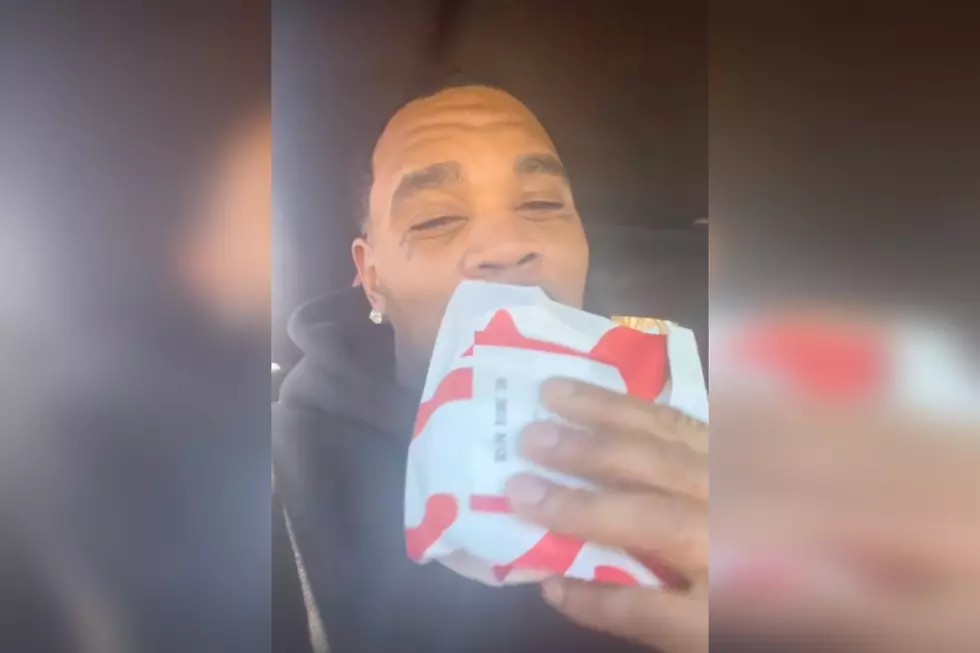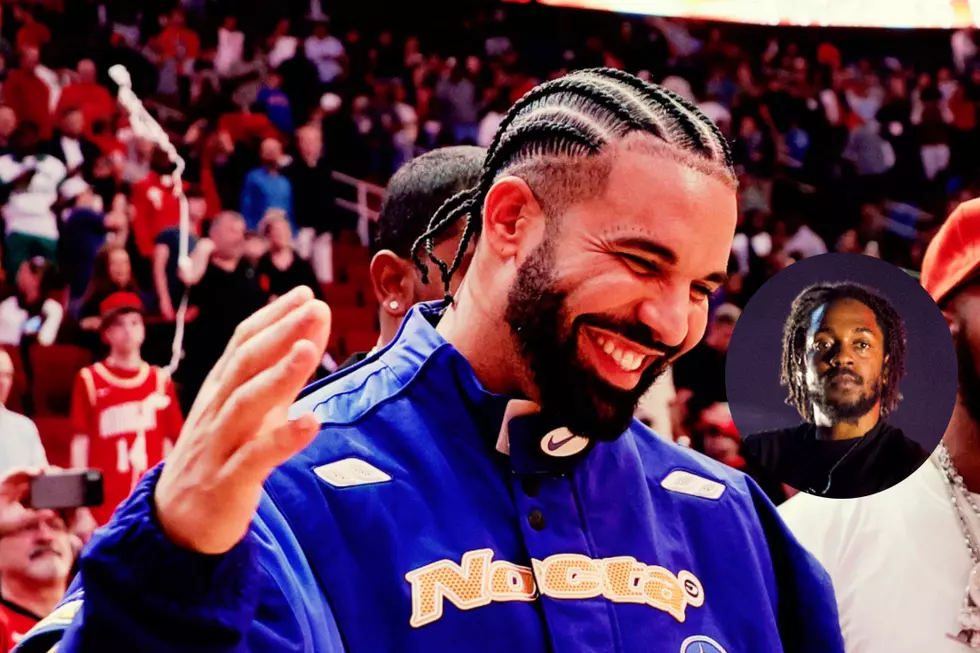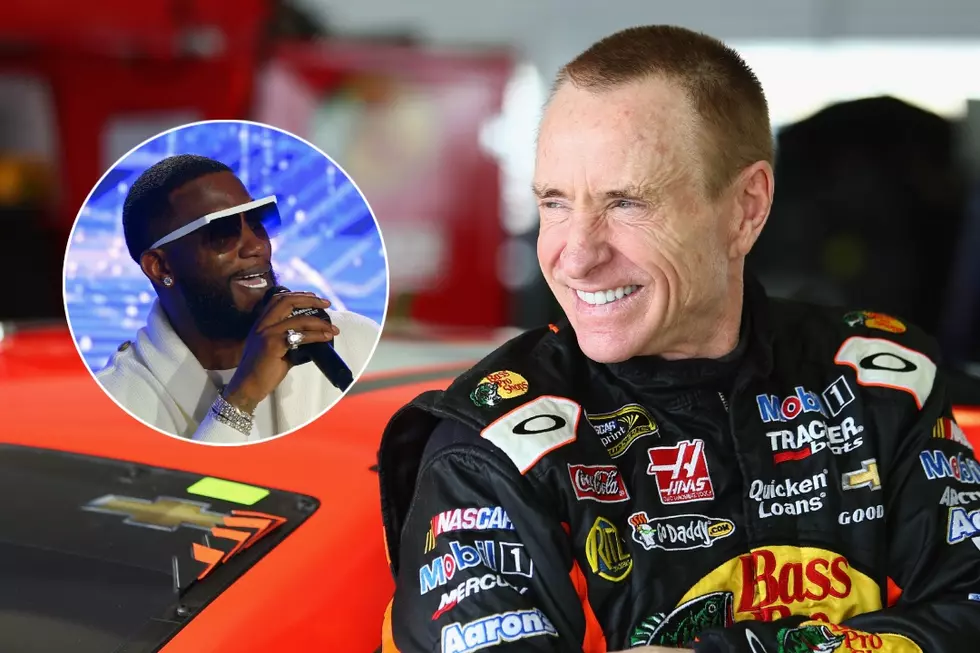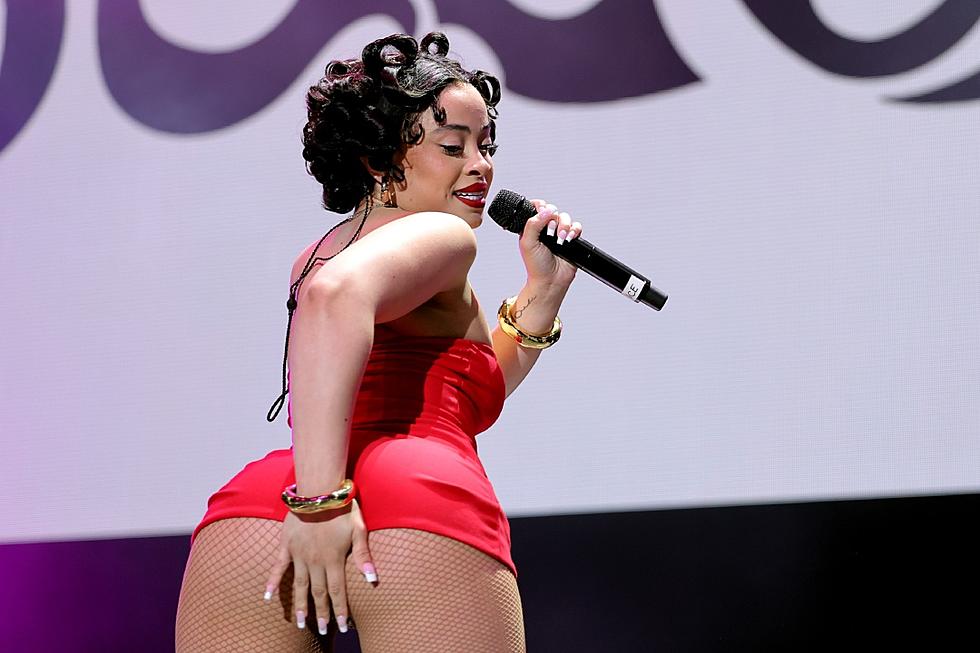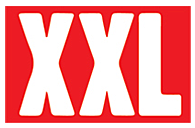DJ Shadow
Knockin’ Doorz Down
 The adage, “If it ain't broke, don't fix it,” isn't as universal as you might think. Even though concocting a distinctive formula to call your own can initially be difficult, once it's set, sticking to it is a piece of cake. Josh “DJ Shadow” Davis established a golden reputation in the indie hip-hop/electronica scene with his first two solo albums, Endtoducing... and The Private Press, where he exhibited flawless turntable skills and worked with a who’s who of underground hip-hop. Along the way, the Northern California native helped found important West Coast independent label Solesides, which later became Quannum Projects, currently the home of Blackalicious, Apsci, Latyrx and others. Shadow paved his own lane, and earned the right to coast on cruise control for as long as he wanted.
The adage, “If it ain't broke, don't fix it,” isn't as universal as you might think. Even though concocting a distinctive formula to call your own can initially be difficult, once it's set, sticking to it is a piece of cake. Josh “DJ Shadow” Davis established a golden reputation in the indie hip-hop/electronica scene with his first two solo albums, Endtoducing... and The Private Press, where he exhibited flawless turntable skills and worked with a who’s who of underground hip-hop. Along the way, the Northern California native helped found important West Coast independent label Solesides, which later became Quannum Projects, currently the home of Blackalicious, Apsci, Latyrx and others. Shadow paved his own lane, and earned the right to coast on cruise control for as long as he wanted.
But now, a decade after his debut, Shadow seems to be breaking what he built. His new album, The Outsider, leaves his proven instrumental recipe for a compilation-style LP chock full of guest appearances, laying trip-hop in the backseat to make room for the recently-nationalized hyphy movement on the passenger side. With David Banner and E-40 showing up instead of Gift of Gab and Cage, indie heads may have their doubts about Shadow's new material. But in an interview with XXLMAG.COM, Shadow insists that ain’t a damn thing changed. You just haven't been listening close enough.
Watch:
DJ Shadow feat. Keak Da Sneak & Turf Talk "3 Freaks" (2006)
(click here for music video)
Listen To:
DJ Shadow feat. Keak Da Sneak, Turf Talk, Mistah FAB & Droop-E "3 Freaks (Remix)" (2006)
DJ Shadow feat. Q-Tip & Lateef "Enuff" (2006)
DJ Shadow feat. David Banner "Seein' Thangs" (2006)
With this new album, you really changed direction. What made you decide to work more with MCs and less on instrumental material?
Because of the success of the first [solo album], I guess I felt like I had to follow that format a little bit. I started out working with rappers. When Paris was on Tommy Boy in 1989, ’90, he was the first person to put me in the studio. All the early records that I made usually used rappers. The only reason I started doing solo stuff was because I was too pig-headed and I wanted to do my own thing too. I don’t rap, so it ended up that I [got] inspired by people like Mantronix and other instrumental stuff. All along—even when I was doing those other instrumental records—on the side I would still do production for people, [and] obviously I have a rap label that we started. I got to a point in my career where I just didn’t feel like segmenting everything anymore for the sake of protecting this fan from this type of music and this fan over here from this type of music. I just decided to cram it all into one album.
It seems like a pretty bold change. How did you know your audience would respond to the new material?
I did a mix CD last year called Funky Skunk and I sold like, 50,000 [copies] or something like that. It starts off with Three 6 Mafia and it goes into all this crunk stuff and then it goes into funk music and then it goes into really obscure mid-school hip-hop, like late-’80s hip-hop. Then it ends up with this laid-back guitar music. When that CD blew up the way it did, among a lot of different types of people, that’s when I realized, Okay, if I approach my own record the same way, I can do this.
If I’m going to make rap, I want the rap songs to hit with people who listen to rap. If I’m going to make a hyphy song, I want it to hit in the hyphy community. I don’t want it to be on some toned-down hyphy. So I just decided to approach the album that way, as opposed to maybe sparing fans of mine who don’t like rap so much. They’re going to get the full impact of the rap that I like. That’s why I worked with people like Banner. A lot of people just assumed that I didn’t like commercial rap or gangsta rap or whatever you wanna call it. But I grew up on all rap, and continued to listen to all different types of rap, be it Geto Boys in ’88, or OutKast in ’95. And I think the biggest misconception people have about what I do is that because sometimes I do albums that don’t have rap on it that somehow I don’t like rappers.
This album has Q-Tip, David Banner, Phonte, E-40, Keak Da Sneak, and others. Which of those collaborations was most exciting for you?
For me, getting E-40 on the record and especially having him doing a whole song. It’s hard to get 40 to do a whole song. That’s pretty rare in the Bay. And that was a real honor. Plus, he’s the big man. After 2pac’s not around, Mac Dre was murdered a couple years ago, everybody in the Bay really appreciates 40. And I think the reason people appreciate him is because he appreciates everybody else. And so, being able to work with him was great. Banner was the first person that I reached out to. The first verse [on “Seeing Thangs”] we did in 2004. And then I stopped working for about five months because my wife had twin baby girls. And then [with] the Phonte Coleman track, I was just really impressed with his talent. He can sing, he can rap, he can do it all really, really well and really fast. He knows exactly what harmonies to do. To me, he’s massively underappreciated, and I didn’t even really know he was like that until we were in the studio. He’s really disciplined. He really knows exactly what he wants to bring to the table. Out of everybody that I worked with, I remember just being like, “Damn, I didn’t even really know that this dude was that talented.”
 You’re from Northern Cali, but a lot of people might be surprised to see you working with artists who could be labeled “hyphy.” How did you get into hyphy music?
You’re from Northern Cali, but a lot of people might be surprised to see you working with artists who could be labeled “hyphy.” How did you get into hyphy music?
[After] my last album came out and I came off the road, I made a decision to move my studio out of my house and into the Mission district in San Francisco, in the city. I was commuting to and from work for the first time in 10 years. When you’re on the road for an hour and a half everyday, you burn out on all your CDs and you just find yourself turning on the radio. And in late 2002, early 2003, me turning on the radio coincided with the main urban station in the Bay Area, KMEL. A lot of local artists around that time had taken them to task, because they are a Clear Channel station, for not playing local artists. They responded by playing local artists, and that coincided with the emergence of the hyphy movement. So early songs like “White Tees, Blue Jeans and Nikes” by Keak, the early Federation stuff like “Hyphy” and “Go Dumb,” Mac Dre stuff like “Get Stoopid” and “Thizz Dance,” all these songs are being played for the first time on the radio and I’m hearing them…it was just luck. When I was driving to the studio, it was during the mix hour, so I was hearing a lot of local artists. Growing up in the Bay, a lot of the names I remembered from ten years prior, but a lot of them I didn’t know. I’m 34, [so] I’m ten years older than most people in the scene. People like Turf Talk are in their early 20s. I was hearing the music and it was just compelling me. Everywhere you go, kids around you are just being, “Oh, she’s hyphy, he’s hyphy, they’re acting hyphy.” “Oh, he’s way too hyphy.” It’s no different than living in New York probably like in ’87, ’88. The culture was just so thick that it was inescapable.
Then I started going to shows. Last summer was really crazy because Keak Da Sneak had this song out called “Superhyphy” that was just so anthemic in the Bay. I was at Summer Jam, which is the big live show for KMEL, and when he came out there, just seeing 30,000 kids go stupid like that was just so ill to me. I’ll never forget that. And that was just a week after we recorded “3 Freaks.” Then October came around, I gave it to the radio station and they just flipped for it. So for the first time in my life, I’m getting radio play. One thing led to another, and from that song, people started knowing who I was. People are like, “Oh, that’s a slapper. We should do something.” It was just a whole reintroduction to my own area.
A lot of artists who were closely associated with the whole underground scene in the ’90s seem to be opening themselves up to different types of rap these days. Where do you think that trend comes from?
Well, for me, it’s a long answer. If you were passionate about and listened to hip-hop prior to it crossing over in 1989 and 1990, then you have a certain understanding. In California, where I come from, we didn’t have WBLS, KISS FM, Red Alert and all that. We had our people that was playing rap, but it was very segmented. It wasn’t really until Tone Loc, MC Hammer and Vanilla Ice that rap crossed over on radio nationwide. If you go back and read The Source from the late ’89, early ’90, all you’ll read about is people being uptight about the future of rap and who was going to control it. Was it going to be controlled by the people who created it, or was it going to be controlled by these record labels who don’t really care about it or understand it? There was a big movement in hip-hop to keep it pure and keep it real and all that. And that had a valid place. Having already been a listener for eight years [at] that point, I really aligned myself with that sort of ideology, which was the real versus the fake, or real versus commercial. That made sense for a while, but by the time records like The Chronic were coming out…being from California, that was massive. Everybody loved that record. The term “backpack” didn’t exist back then, [but] anybody from any backpack group that you could think of from California back then loved The Chronic. Before that they loved Ice Cube, before that they loved N.W.A and even before that, in my case, they loved C.I.A. World Class Wreckin’ Cru, I loved that shit too.
I guess what I’m trying to say that it made sense, at a certain point, for there to be what ended up becoming the underground hip-hop movement or backpack rap or whatever. But as far as I’m concerned, it hasn’t really applied to my listening or my musical tastes for a number of years, at least since ’96. [But] even then, I didn’t stop listening: back in ’94, ’95, I was listening to Bay Area hardcore rap the same way I was listening to the Geto Boys from Houston. I loved Miami Bass. I was all over the map. I guess because I tended to adopt a lot of musical theories based on people like Bambaataa and Flash and later the big underground hip-hop ideology, I just tended to meet those type of people, and that’s how I ended up working with a lot of those type of people. But as far as the type of music that I listened to and liked, it was always pretty consistently well-rounded. I never made the differentiation between gangsta rap and whatever else there was. There’s good gangsta rap and there’s bad gangsta rap. MC Eiht is good gangsta rap. Ice Cube is good gangsta rap. There was a lot of garbage gangsta rap too. That’s the only differentiation I ever made: quality versus fly-by-night bullshit. But even some of the fly-by-night bullshit became good: I remember 8Ball and MJG in the early ’90s, I was like, “I don’t know I’m not really feeling this.” But then they kind of came into their own, around ’97, ’98, and it made sense to me. Sometimes people just need more time to gel.
Working with such a diversity of MCs, your production has gone in some new directions. How did you go about capturing these different sounds?
After my last album, I decided I didn’t want to make records on the MPC anymore. That was decided before I ever knew that I was going to make a hyphy record or anything like that. After my last album, I just felt that I wouldn’t ever do anything better on that instrument. So after I came off tour, I spent a year at that studio I was commuting to, learning how to make music in different ways. I felt my sound was ready for a change and I felt like that was going to happen inevitably if I changed my method. So I started using software synths and my samples wouldn’t live in the MPC anymore, they would live in the computer. I bought a control 24 for ProTools and was using some synthesizers and outboard gear just to vary up my sound a little bit. I started realizing that a lot of the sounds that I was hearing or a lot of stock sounds I was playing with were not unlike the sounds that people like Rick Rock were using in the hyphy scene. It was still a good two years, though, until I sat down and I was like, I love this music too much, I just gotta try to make something. And the first time I tried to do that, “3 Freaks” was made. And when I made “3 Freaks,” I knew I didn’t want to use…if you want to make a beat like that, you have to know somebody who can ride a beat like that. So it was literally, Who do I like the best out of this scene right now? Who’s really gassin’ on the radio? Well, at that time, it was Keak and Turf Talk. So then it was just a matter of, I’ll reach out to them, roll the dice and see what happens.
More From XXL
